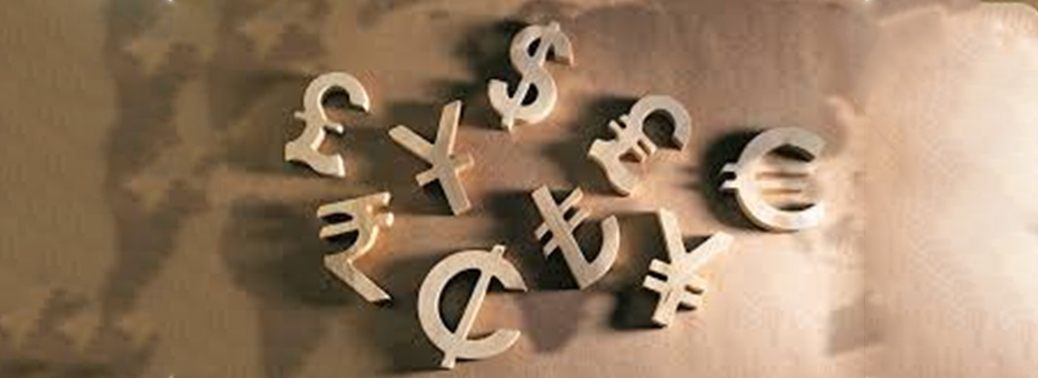NEGATIVE RATE POLICY
14, Aug 2019

Prelims level : Economics - Banking
Mains level : GS-III- Indian Economy and issues relating to planning, mobilization of resources, growth, development and employment.
- Context: Negative rate policy – once considered only for economies with chronically low inflation such as Europe and Japan – is becoming a more attractive option for some other central banks to counter unwelcome rises in their currencies.
What is Negative Rate Policy:
- A negative interest rate policy (NIRP) is an unconventional monetary policy tool employed by a central bank whereby nominal target interest rates are set with a negative value, below the theoretical lower bound of zero percent.
- A NIRP is a relatively new development (since the 1990s) in monetary policy used to mitigate a financial crisis.
Why have some Central Banks adopted Negative Rates?
- To battle the global financial crisis triggered by the collapse of Lehman Brothers in 2008, many central banks cut interest rates near zero.
- A decade later, interest rates remain low in most countries due to subdued economic growth.
- With little room to cut rates further, some major central banks have resorted to unconventional policy measures, including a negative rate policy.
- The euro area, Switzerland, Denmark, Sweden and Japan have allowed rates to fall slightly below zero.
How does it work?
- Under a negative rate policy, financial institutions are required to pay interest for parking excess reserves with the central bank.
- That way, central banks penalise financial institutions for holding on to cash in hope of prompting them to boost lending.
- The European Central Bank (ECB) introduced negative rates in June 2014, lowering its deposit rate to -0.1% to stimulate the economy.
- Given rising economic risks, markets expect the ECB to cut the deposit rate, now at -0.4%, in September.
- The Bank of Japan (BOJ) adopted negative rates in January 2016, mostly to fend off an unwelcome yen spike from hurting an export-reliant economy.
- It charges 0.1% interest on a portion of excess reserves financial institutions park with the BOJ.
What are the Pros, Cons:
- Aside from lowering borrowing costs, advocates of negative rates say they help weaken a country’s currency rate by making it a less attractive investment than that of other currencies.
- A weaker currency gives a country’s export a competitive advantage and boosts inflation by pushing up import costs.
- But negative rates put downward pressure on the entire yield curve and narrow the margin financial institutions earn from lending.
- If prolonged ultra-low rates hurt the health of financial institutions too much, they could hold off on lending and damage the economy.
- There are also limits to how deep central banks can push rates into negative territory – depositors can avoid being charged negative rates on their bank deposits by choosing to hold physical cash instead.
What are central banks doing to Mitigate the Side-Effects?
- The BOJ adopts a tiered system under which it charges 0.1% interest only to a small portion of excess reserves financial institutions deposit with the central bank.
- It applies a zero or +0.1% interest rate to the rest of the reserves. The ECB is also expected to take “mitigating measures”, such as a partial exemption from the charge in the form of tiered deposits rates, if it were to deepen negative rates from the current -0.4%, analysts say.
- But designing such a scheme won’t be easy in a bloc where cash is distributed unevenly among countries.
- It could even backfire by pushing rates up in certain countries, rather than down.






